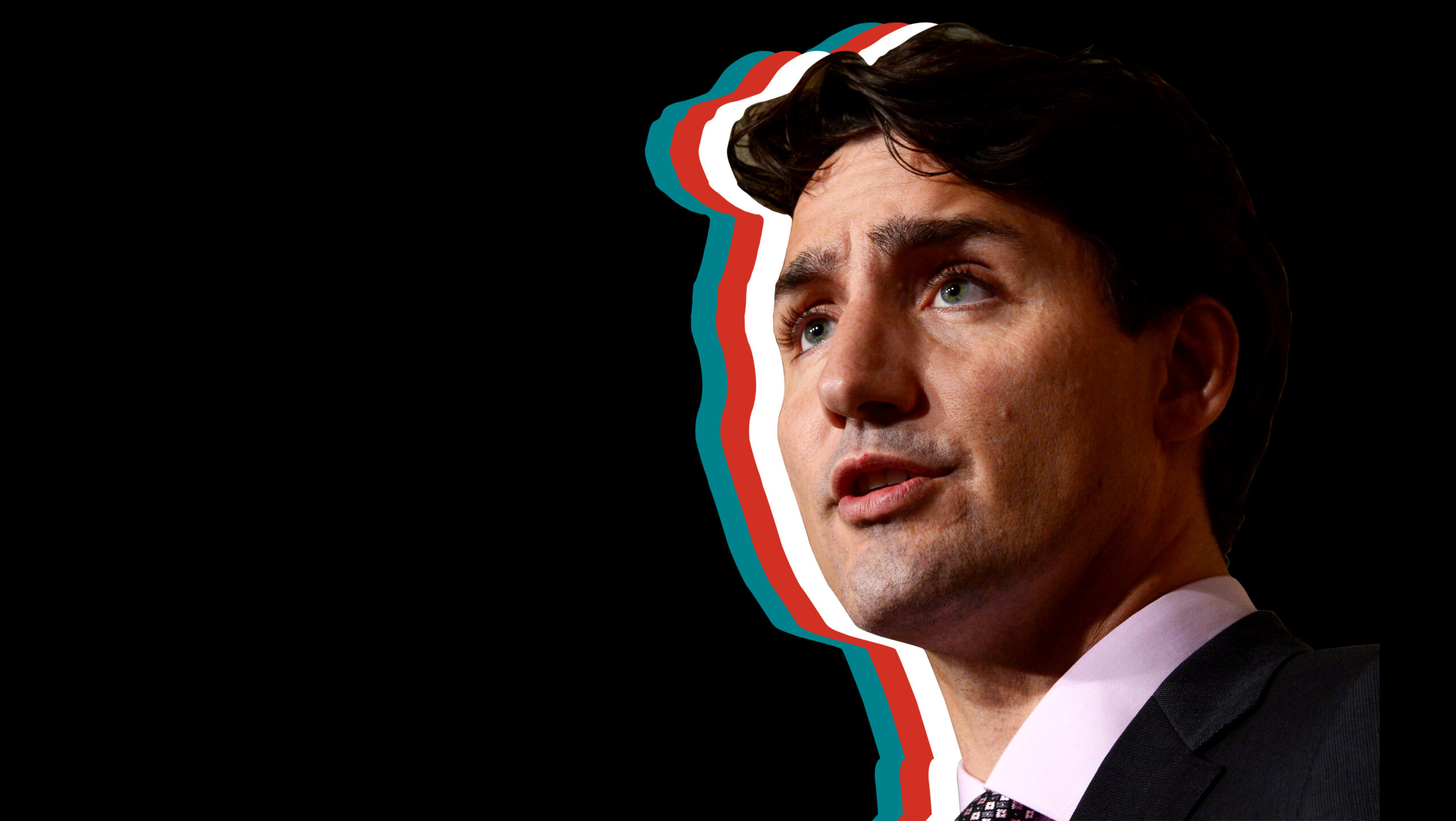To get Xtra Weekly in your inbox, subscribe here.
WEEKLY EXPLAINER
Over 700 victims have filed claims to receive compensation for what they endured during Canada’s war on queers.
Here’s a little history lesson In 1945, the defection of a Soviet intelligence officer, Igor Gouzenko, revealed that Canada’s civil service, military and science industry had been infiltrated by Soviet agents. This prompted the government to establish a Security Panel tasked with identifying people who were disloyal to the state. The panel was a small, secret committee of top civil servants and members of the RCMP.
Soon after the panel’s inception, the RCMP created a classification for government employees who demonstrated “character weaknesses,” including gambling, heavy drinking and engaging in “sexually taboo” behaviours. The latter was based on the belief that since these people didn’t adhere to sexual conventions, they were more likely to violate political norms.
At the time, homosexuality, gay sex and any perceived sexual relation between same-sex people were illegal. Human rights laws didn’t protect against discrimination based on sexual orientation. Officials leveraged this lack of legal protection to victimize LGBTQ2 employees: their sexuality made them more susceptible to blackmail.
During the Cold War, the Americans started targeting queer civil servants and, shortly after, the Canadian government followed suit. In 1956, the RCMP created a “character weakness” unit to probe the backgrounds of government employees and, between 1958 and 1959, its main target was homosexuals.
In 1959, the RCMP released reports outing alleged LGBTQ2 employees, as well as citizens outside of the public service. The RCMP surveilled suspected queer civil servants and spied on cruising spots to entrap alleged homosexuals. They even used a device dubbed “the fruit machine,” which monitored the dilation of suspects’ pupils when exposed to erotic images, to “scientifically” detect LGBTQ2 people (this practice was abandoned in 1967).
By 1965, about 6,000 LGBTQ2 employees — mostly gay men — were in RCMP files. By 1968, the continued surveillance brought the total number to roughly 9,000, with only about one-third being federal public servants. Around this time, fewer people were fired based on their sexuality, but LGBTQ2 employees were still denied promotions.
In 1969, the RCMP released a report saying that LGBTQ2 people should be allowed to work but “should not normally be granted clearance to higher levels, should not be recruited if there is a possibility that they may require such clearance in the course of their careers and should certainly not be posted to sensitive positions overseas.”
The RCMP campaign against queers continued until the early 1990s. In 1992, when the history of surveillance and purging of LGBTQ2 civil servants was exposed, then-Prime Minister Brian Mulroney said it was “one of the great outrages and violations of fundamental human liberty.”
In 2017, Prime Minister Justin Trudeau delivered a half-hour apology to queer and trans Canadians. “To those who were left broken by a prejudiced system, and to those who took their own lives, we have failed you […] The number one job of any government is to keep its citizens safe, and on this we have failed LGBTQ2 communities, individuals, time and time again,” Trudeau said.
“It is with shame and sorrow and deep regret for the things we have done that I stand here today and say: we were wrong. We apologize. I am sorry. We are sorry.”
In June 2018, a federal judge approved a deal to compensate victims of the purge. The final settlement includes at least $50 million and up to $110 million in total compensation, with eligible individuals expected to receive between $5,000 and $175,000 depending on their specific case.
On July 13, 2019, the Canadian Press reported that 718 victims of the government’s purge had filed for settlement.
Now, what? In an interview, Doug Elliot, a lawyer who encouraged eligible people to file claims, said he was surprised, as the number of claimants was fewer than the 1,000 he had anticipated. The 718 who have filed to date include 628 people who served in the Canadian Armed Forces, 78 public servants and 12 RCMP officers.
According to the Canadian Press, the group is disproportionately female and the oldest claimant, who was kicked out of the Canadian Air Force in the early 1960s, is now 92.
“The main problem was that people who were aware of the settlement were having tremendous psychological difficulties filing their claims,” Elliott said. He added that people also experienced extreme paranoia about telling their stories to the government because they feared that information would be used against them.
Elliot said, “These people are very damaged by their experience, and very mistrustful. Even the very well-adjusted ones live in a state of barely contained anxiety that something terrible is about to happen to them, particularly in the employment context. A lot of them fear that they’re going to show up at work, and they’re going to be suddenly fired.”
The settlement also includes a budget for reconciliation and remembrance measures, like a national monument in Ottawa, to document this dark chapter in Canadian history.
For more LGBTQ2 news, subscribe to Xtra Weekly.



 Why you can trust Xtra
Why you can trust Xtra


